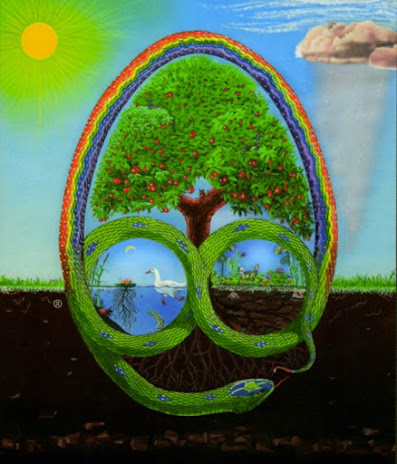Permaculture: A Designer's Manual, Chapter 1
Chapter 1: Introduction 1.1 The Philosophy Behind Permaculture (1) 1.2 Ethics (2) 1.3 Permaculture in Landscape and Society (6) 1.4 References (9) SUMMARY: In Chapter 1, Bill Mollison provides a broad overview of the aims and purposes of Permaculture, which he defines as "the conscious design and maintanance of agriculturally productive systems which have the diversity, stability, and resilience of natural ecosystems." From the outset he integrates the fields of design and ethics, in line with the "great shift of emphasis" from our traditional, specialized, and ethically neutral focus on the properties and behavior of parts to a systemic and ethically engaged focus on the living Earth as an integrated whole. He cites James Lovelock's Gaia Theory as the inspiration for his own understanding of life on Earth as "a self-regulating, self-constructed, and reactive system, creating and preserving the conditions that make life possible, and actively adjusting to
